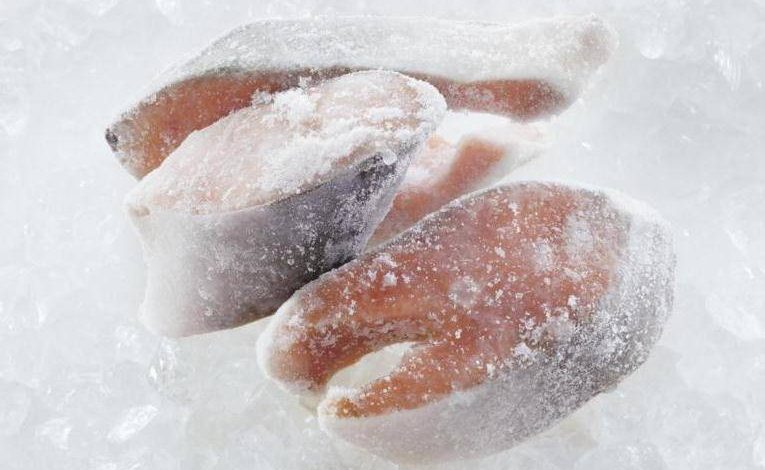How to Properly Thaw Frozen Fish

Just as rapid freezing is crucial for preserving the quality of frozen seafood, quick thawing is equally important. This prevents the product from being exposed to high temperatures for an extended period, which can accelerate enzymatic and bacterial activity.
If you’re reading this, your fish is likely already frozen. Still, I recommend reading our article on how to freeze fish properly.
The thawing method you choose should prevent the fish from overheating, losing moisture, dehydrating, or fostering bacterial growth. The ambient temperature during thawing should never exceed 20°C (68°F).
Studies show that fish thawed quickly in the microwave experiences the least quality loss. Therefore, microwave thawing is one of the most recommended methods. Another option is to let it thaw in the refrigerator. If you’re thawing the fish in water, always use cold water and ensure the fish does not come into direct contact with the water.
When buying frozen mackerel, which is commonly found at fish markets, ensure it hasn’t already thawed. Unfortunately, some fishmongers re-freeze unsold mackerel and place them back on display the next day. Especially in warm weather, fish left out for long periods can lose their freshness entirely.
By the time you bring frozen mackerel home, it may already have thawed. If not, you can use the microwave for a quick thaw or wait for it to thaw in the refrigerator.
If you don’t have a microwave or prefer not to use one, you can also thaw the fish quickly by placing it in cold water. However, ensure the fish does not come into direct contact with the water by placing it in a sealed bag and submerging it in the cold water for fast thawing.
Below is a summary of key points to remember:
How Should You Freeze and Thaw Fish? What to Keep in Mind:
- Especially in hot weather, clean the fish promptly without leaving it out too long, and wash it in salty, cold water. Alternatively, after washing it in cold water, dip the fish in ice-cold, salty water for 1-2 minutes and drain it in a colander.
- Place the fish in a colander and let it drain in the refrigerator. This will also pre-chill the fish. You can use a paper towel to dry it completely.
- If possible, vacuum-seal the fish to prevent exposure to air.
- If you don’t have a vacuum sealer, wrap the fish in aluminum foil or place it in a freezer bag to protect the tissue from damage caused by direct contact with ice. (Don’t worry, aluminum foil is safe for freezing, as its carcinogenic substances only release at high temperatures, and it helps conduct cold air efficiently.)
- To minimize the amount of cell fluid that escapes from the fish, freeze it quickly. After a few hours of pre-cooling in the refrigerator, place the fish in the freezer and select the quick-freeze setting.
- If you freeze fish at different times, label them to know when each was frozen.
- The recommended method for thawing fish is rapid thawing to minimize bacterial growth. Use the microwave if available. Another method is slow thawing in the refrigerator, as this slows down enzymatic activity. If thawing in water, make sure to use cold water and avoid direct contact with the fish.
- Sensory, physical, and chemical tests have shown that some types of fish can be frozen and thawed up to three times under proper conditions and still remain edible. However, all studies conclude that frozen seafood should be consumed after its first thaw and should never be refrozen.
Once you have thawed frozen seafood, you must consume it. Do not refreeze.






